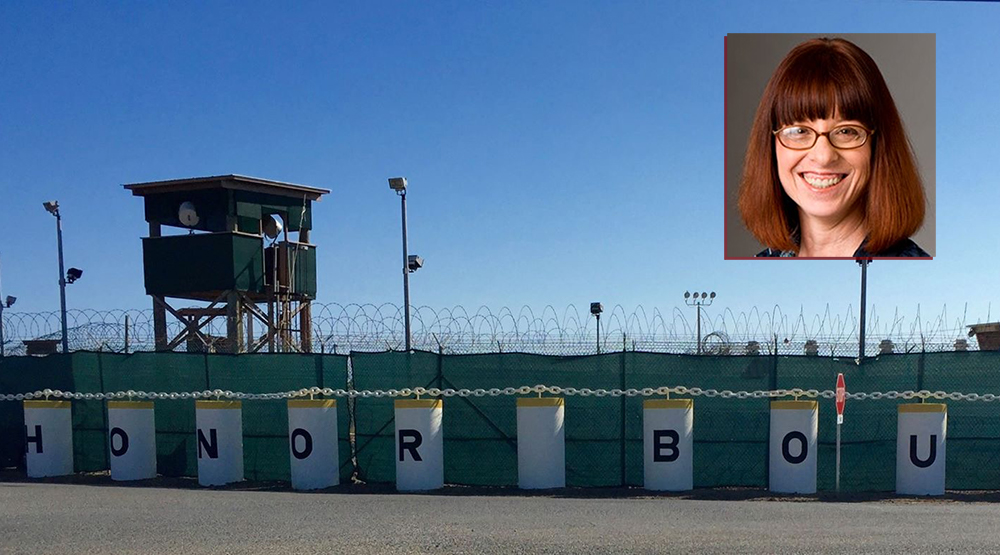Margot Williams is ICIJ’s research editor. She will be sharing new online search sites and research tips for investigative journalists here weekly.
On Monday in New York, Sabirhan Hasanoff, described in the Sydney Morning Herald as “the Aussie accountant who turned to terror,” was sentenced to 18 years in prison after pleading guilty to providing material support to al-Qaeda associates in Yemen. An accountant born in China to Uzbekistani parents, Hasanoff lived in Australia as a child and moved to New York, where he graduated from college and worked for US accounting firms. He was working in for a company in Dubai when arrested there in 2010.
Is that the end of the story?
Hasanoff will now be transferred to the US federal prison system to serve his sentence. If you wanted to contact him in prison, or perhaps even set up a visit for an interview, you can find out where he is and how to reach him.
Whether it’s to track down a notable criminal like Hasanoff, figure out where detained immigrants from your community are being sent, or explore the workings of the justice system, this skill is a vital tool for conducting investigative research.
The Federal Bureau of Prisons inmate locator allows you to find a prisoner sentenced in the US federal courts, and get information on his sentence and location. Fortunately, the site is still working during the government shutdown. (So far.) The database includes inmates who are currently serving federal sentences or have been released since 1982.
For Mr. Hasanoff, so recently sentenced, the search result tells us he is still at the New York Metropolitan Correctional Center, and that his release date is unknown. It also gives his age, race and the important Register number or inmate ID, which you will need in order to try to get a letter to him. If you click on the name of the facility, you’ll get detailed information on sending mail and visiting rules. Check back again to find out where he’s been transferred.
Two years ago, my colleague Carrie Johnson and I at NPR used the Bureau of Prisons locator to discover where men convicted of terrorism charges since 2001 have been incarcerated. We used a list of terrorism related convictions from the Department of Justice and looked up names, one by one, entering them into a spreadsheet. We found a significant number were sent to two facilities where special “Communication Management Units” had been created. Our radio and online project ‘Guantanamo North’: Inside Secretive U.S. Prisons identified 120 men who have been held in the communications management units in Terre Haute, Ind., and Marion, Ill., since December 2006. You can see in our interactive database(Note: not updated since August 2012) that the unit has held prisoners who are citizens of Algeria, Croatia, Colombia, Cuba, Egypt, Jordan, Iran, Japan, Lebanon, Morocco, Pakistan, Russia, Somalia, Trinidad and Yemen, as well as the United States.
The Russian is Viktor Bout, the arms dealer convicted in 2011 for conspiring to kill U.S. soldiers and citizens by agreeing to sell arms to U.S. Drug Enforcement Administration agents posing as members of the Revolutionary Armed Forces of Colombia (FARC). An appeals court upheld the conviction on September 27. His release date is December 15, 2029. (Here’s the story that ICIJ wrote about Bout in 2002).
You can search for prisoner and former prisoners convicted in US state courts by using the VINElink directory which provides link to available state lookup databases.
What about immigrants held in detention? U.S. Immigration and Customs Enforcement provide an Online Detainee Locator System (Caution for government shutdown: the site is garbled, but you can still scroll down to the search box) which you can use to “locate a detainee who is currently in ICE custody, or who was released from ICE custody for any reason within the last 60 days.”
In order to search, you need either the person’s Alien Registration Number (“A number”) or name and country of birth. If you see that the person’s status is “not in custody,” that means the person was released from ICE custody within the last 60 days. He or she may have left the country, been released from custody or transferred to another agency. If the person was released more than 60 days ago, he or she will not be found in this database.
A recent example in the news is Alejandro Flores, a Roman Catholic priest and citizen of Bolivia who pleaded guilty in 2010 to assaulting a young boy in Illinois and was sentenced to 4 years. His state corrections department information can be found via the VINElink page for Illinois. When paroled from prison in June, he was turned over to ICE. A search of the Online Detainee Locator System shows he is “not in custody” which means he was transferred within the last 60 days. Flores was deported to Bolivia in August.
Tracing the trail of prisoners incarcerated in the United States can be complicated, but the reward for patient and thorough searching is getting information that would have been much more difficult to find before the availability of online government databases. And equally important are the contact numbers on these web pages, which you can call to confirm or to request additional information.


